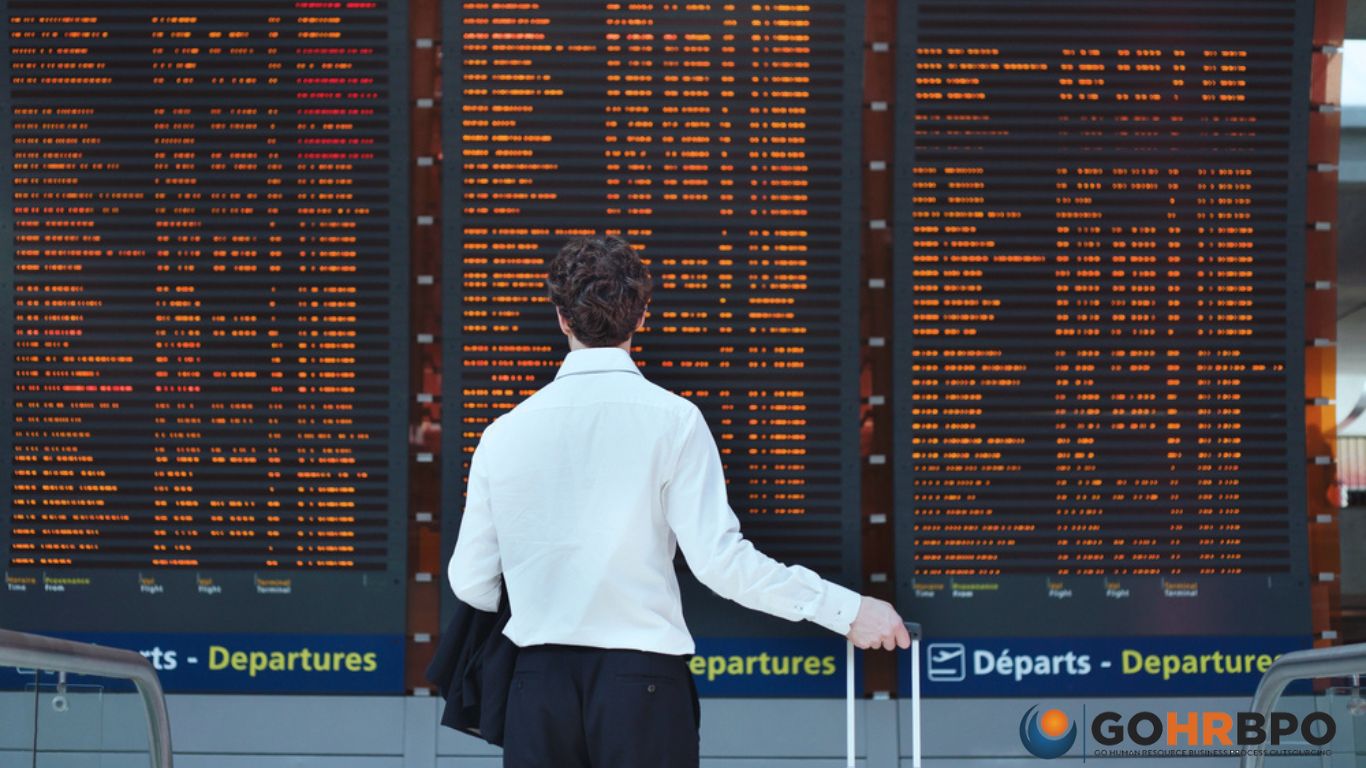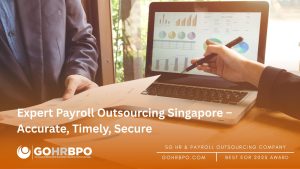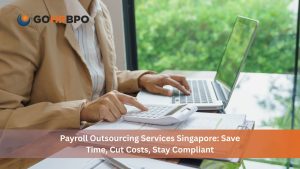There are business types which contain roles for the employees to travel on a regular basis. Such necessities invite many regulations to be put in place, like establishing a comprehensive policy for your employee travel allowances. To be in compliance with the IRAS in Singapore these allowances are generally taxable and employers must ensure them to be included while filing for taxes and deductions and treat them as not a part of the employee salary.
Per DIEMs which are a major part of the employee’s travel allowance are not considered part of an employee’s income and thus are tax free up to a certain limit allowed. This maximum cap allowed is defined under the ‘acceptable rates’ that IRAS guidelines publish. In a specific example of an employer pays a per diem allowance that is more than the allowed rate, then the excess amount is normally considered as a taxable income which requires to be reported to the IRAS in Form IR8A.
Employers must consider the diversity of these allowances while forming guidelines. It’s a common fact that the standard of living differs across countries/regions, changes variably and there must not be generic limits set just to reduce the complexity of tax rates and save money. The IRAS periodically reviews these rates as per the information filed by the employers.
What Is An Employee Transport Allowance?
A transport allowance is a financial benefit provided by the employers for covering the commuting costs incurred by employees while they need to travel to render their official duties/responsibilities. For some higher roles in some top companies the daily commuting from home to office and office to work is also offered. This allowance in normal cases is a fixed amount paid monthly or could also be a variable sum reimbursed as per the actual travel expenses. It’s formed to support employees for efficiently managing their daily travel costs which helps sustain satisfaction and retention.
Examples Of Travel Allowances
I have below listed, some of the most common examples of travel allowances;
Also Read: A Step-by-Step Guide to AI Payroll Solutions
- – A transport allowance provided for expenses incurred during travel outside an employee’s usual region of commute. This includes the cost for airfares, taxis or ridesharing, car hire, tolls, parking fees, and gas.
- – A meal allowance for covering the cost of food during business trips.
- – An accommodation allowance for covering the cost of accommodation.
- – An entertainment allowance in cases where an employee is with a client for varying purposes while on business trips.
- – A medical allowance for covering treatments like vaccinations for international travel.
There could be many others and that purely depends upon the type of industry and role of the employee. Many organisations in order to stay compliant to MoM guidelines and to be clear to the employees are leveraging third party payroll service providers, which have efficient systems in place taking care of varying expenses and allowances required to be paid timely.
Travel allowance As A part Of Employee’s Salary?
Many organizations in Singapore structure the salary slips which clearly mention the Transport allowances in various ways, but this generally happens in case of a fixed monthly allowance. It then could be included in the employee’s itemised payslip, yet distinctly listed from the base salary and otter components.
This practice is adopted to pursue transparency which ensures that employees are rightly aware of the components of their total remuneration package. As also per the Ministry of Manpower (MOM), the clear mentioning of these allowances in the itemised payslip always helps maintain clarity and accountability in salary payments.
It must also be mentioned here that as per the MOM guidelines, allowances like the transport allowances that are given for covering the expenses incurred by employees while being on their duties should not be considered as productivity incentive payments. Productivity incentive payments hence are typically tied to the employee’s workability, performance or output.
What is a per diem allowance?
For the employees international travel, the per diem rate from Singapore varies and depends on the country of travel. Below I have listed some of the most commonly visited countries and their per diem rates.
| Country | Per diem rate (in S$) |
| Argentina | 98 |
| Australia | 126 |
| Austria | 116 |
| Belgium | 137 |
| Belize | 90 |
| Brazil | 40 |
| Canada | 144 |
| Chile | 129 |
| Cook Islands | 122 |
| Denmark | 134 |
| Fiji | 132 |
| France | 143 |
| Germany | 118 |
| Ghana | 157 |
| Grenada | 108 |
| Guinea | 112 |
| Hong Kong | 96 |
| India | 100 |
| Japan | 162 |
| South Korea | 122 |
| Madagascar | 103 |
| Malawi | 76 |
| Malaysia | 73 |
| Maldives | 155 |
| Mauritania | 71 |
| Mexico | 137 |
| Micronesia | 84 |
| Nepal | 101 |
| New Zealand | 121 |
| Pakistan | 122 |
| Palau | 112 |
| Papua New Guinea | 121 |
| Philippines | 96 |
| Poland | 88 |
| Qatar | 128 |
| South Africa | 56 |
| Sri Lanka | 80 |
| Switzerland | 146 |
| Spain | 116 |
| Taiwan | 64 |
| Thailand | 87 |
| Tonga | 84 |
| United Kingdom | 156 |
| United States | 150 |
Also Read: A Guide to Streamlining Agency Payroll Services in Singapore
How To Determine The Employee Transport Allowance Rates?
To set random rates or allowances for transport allowance rates could be chaotic. It requires a careful consideration of essential factors which helps ensure that the allowance is aligned with both employee needs and organisational capacity.
Below I have discussed the key factors;
- Distance travelled
- The foremost step and factor while forming guidelines for calculating the typical commuting distance for employees.
- Mode of transport
- Rates vary and largely depend upon whether employees use public transportation, personal vehicles, or company-provided transport.
- Market standards
-
- To secure a reputed place within the industry standards, salary and benefits surveys are always insightful to forming such decisions within the same sector.
- Company budget
-
- Checking that a company’s budget is intact is also essential and many companies overspend while forming allowances for higher most positions and then need to compromise other critical areas.
To declutter all this most of the organisations have been outsourcing their payrolls. Third party payroll providers are efficient enough to stay in compliance yet sticking to the company guidelines and budget and then dispensing the travel and many other allowances which employees need to support the cause flow.
Conclusion
As per the MoM guidelines, allowances like transport allowances must be provided to cover expenses incurred by employees in the course of their duties. Many employers form common regulations and slabs for travel allowances whereas it highly varies when it comes to cost and spending even while travelling within the same country. These practices not only dissatisfies the employees but could also invite critical actions from the MoM.






